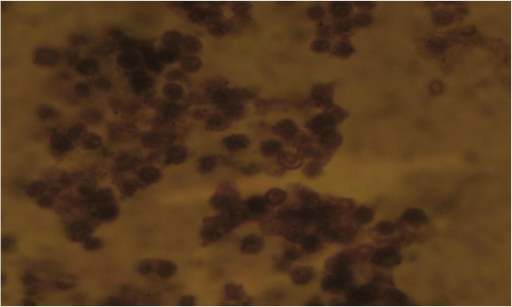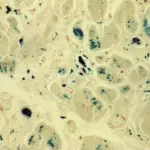Sickle cell disease is an inborn hemoglobinopathy, a disease characterized by the production of defective hemoglobin.
What is the Pathology of Sickle Cell Disease?
The pathology of sickle cell disease is:
-Etiology: The cause of sickle cell disease is a point alteration at the 6th position of the β-globin chain causing the switch of a valine residue for a glutamic acid residue.
-Genes involved: β-globin gene.
-Pathogenesis: The sequence of events that lead to sickle cell disease due to deoxygenated sickle hemoglobin molecules undergoing aggregation and polymerization. Prolonged deoxygenation produces a slanted sickle or holly-leaf shape.
-Morphology: The morphology associated with sickle cell disease shows small vessel stasis and thrombosis.
-Histology: The histology associated with sickle cell disease shows sickle cells, anisocytosis, and poikilocytosis.
How does Sickle Cell Disease Present?
Patients with sickle cell disease typically have no sex prevalence present at age range of. 2.5 years. The symptoms, features, and clinical findings associated with sickle cell disease include Vaso-occlusive crisis, pain crisis, chest pain, cough, fever, stroke, convulsions, tachypnea, leukocytosis, growth retardation, late sexual maturation, underweight. Cholelithiasis in children, hypertension, cataracts, meningitis, and para orbital facial infarction.
How is Sickle Cell Disease Diagnosed?
Sickle cell disease is diagnosed through the clinical presentation, screening for HbS at birth, hemoglobin electrophoresis, serum electrolytes, peripheral blood smear, creatinine, BUN, Urinalysis, CSF examination, and hemoglobin solubility testing.
How is Sickle Cell Disease Treated?
Sickle cell disease is treated through symptom control, management of illness complications, antimetabolites, opioid analgesics, antibiotics, and antiemetics.
What is the Prognosis of Sickle Cell Disease?
The prognosis of sickle cell disease is fair as it is a lifelong disease, morbidity also highly variable.



